Home>Renovation & DIY>Tools & Equipment>What Grit Sandpaper For Ceramic Tile


Tools & Equipment
What Grit Sandpaper For Ceramic Tile
Modified: December 27, 2023
Discover the best grit sandpaper for ceramic tile with our comprehensive guide. Get the right tools and equipment for your tiling project.
(Many of the links in this article redirect to a specific reviewed product. Your purchase of these products through affiliate links helps to generate commission for Storables.com, at no extra cost. Learn more)
**
Introduction
**
When it comes to home improvement projects, ceramic tile installation is a popular choice for adding durability and aesthetic appeal to various spaces. However, achieving a flawless finish requires careful attention to detail, including the use of the right tools and equipment. One essential item in the tiling process is sandpaper, which plays a crucial role in preparing and refining the ceramic tile surface.
In this comprehensive guide, we will delve into the world of grit sandpaper for ceramic tile projects. From understanding the significance of grit to choosing the appropriate sandpaper for specific tasks, this article aims to equip you with the knowledge needed to tackle your tiling endeavors with confidence. Whether you're a seasoned DIY enthusiast or a novice in the realm of home improvement, mastering the art of using grit sandpaper for ceramic tile will undoubtedly elevate the quality and longevity of your tiling projects. So, let's roll up our sleeves and explore the ins and outs of this essential tool!
**
Key Takeaways:
- Choose the right grit sandpaper based on the tile’s condition, material removal needs, finishing requirements, tile type, and personal preference for a flawless ceramic tile finish.
- Use sandpaper in a back-and-forth motion, progressing from coarse to fine grits, maintaining consistent pressure and motion, and finishing with a final polish for sleek and polished ceramic tile surfaces.
Read more: What Grit Sandpaper For Marble
Understanding Grit and Sandpaper
**
Before delving into the specifics of choosing grit sandpaper for ceramic tile, it’s essential to grasp the concept of grit and its relationship with sandpaper. Grit refers to the measure of the abrasive particles’ size and density on the sandpaper’s surface. The higher the grit number, the finer the particles and the smoother the sandpaper. Conversely, lower grit numbers indicate coarser particles, designed for more aggressive material removal.
Sandpaper comes in various grit levels, each serving a distinct purpose in the tiling process. Coarse grit sandpaper, typically ranging from 40 to 60 grit, is ideal for initial tile surface preparation, such as removing stubborn adhesives or smoothing rough edges. As the grit number increases, the sandpaper becomes finer, making it suitable for progressively refining the tile surface and achieving a polished finish.
Understanding the relationship between grit and sandpaper empowers you to make informed decisions when selecting the most appropriate sandpaper for your ceramic tile project. By recognizing the impact of grit on the sandpaper’s abrasive qualities, you can optimize the tiling process and achieve professional-grade results.
**
Choosing the Right Grit Sandpaper for Ceramic Tile
**
When embarking on a ceramic tile project, the selection of the right grit sandpaper is paramount to achieving a flawless and long-lasting finish. To determine the most suitable grit for your specific tiling task, consider the following factors:
Surface Condition:
Assess the condition of the ceramic tile surface. If the tiles exhibit rough patches, uneven edges, or adhesive residues, begin with a coarse grit sandpaper in the range of 40 to 60 grit. This coarser option is effective for initial surface leveling and adhesive removal.
Material Removal Needs:
Identify the extent of material removal required. For heavy-duty tasks such as smoothing rough edges or leveling uneven surfaces, opt for a lower grit sandpaper. As the surface becomes smoother, transition to higher grits to achieve the desired refinement and polish.
Finishing Requirements:
Determine the level of smoothness and polish desired for the ceramic tile surface. If a high-gloss finish is the goal, progressing through a sequence of increasingly finer grits, such as 120, 220, and 320, will facilitate the attainment of a pristine, professional look.
Tile Type:
Consider the type of ceramic tile being used. Porous or softer tiles may require gentler treatment with higher grit sandpaper to prevent surface damage, while harder tiles can withstand coarser grits for more aggressive material removal.
Personal Preference:
Factor in your personal preference and comfort level when working with different grits. While experience and professional recommendations are valuable, your familiarity and confidence in handling specific grits also play a significant role in achieving optimal results.
By carefully assessing these considerations, you can confidently select the right grit sandpaper for your ceramic tile project, ensuring that the surface preparation and refinement stages are approached with precision and efficiency. The thoughtful choice of grit sandpaper is a fundamental step toward realizing the full potential of your tiling endeavors.
**
Use 80-100 grit sandpaper for smoothing ceramic tile edges or removing small imperfections. For heavier sanding or shaping, start with 60 grit and work your way up to finer grits. Always wear a mask and eye protection when sanding ceramic tile.
Using Grit Sandpaper for Ceramic Tile
**
Now that you’ve chosen the appropriate grit sandpaper for your ceramic tile project, it’s time to dive into the practical application of this essential tool. Here’s a step-by-step guide to effectively using grit sandpaper for ceramic tile:
Surface Preparation:
Before proceeding with sanding, ensure that the ceramic tile surface is clean and free of any debris or loose particles. This preparatory step sets the stage for seamless sanding and prevents potential damage to the tiles.
Initial Sanding:
If the tiles exhibit rough patches, uneven edges, or adhesive residues, begin with the chosen coarse grit sandpaper in the 40 to 60 grit range. Apply gentle but firm pressure as you sand, moving the sandpaper in a back-and-forth motion to level the surface and remove any imperfections.
Progressive Refinement:
As the surface becomes smoother, transition to higher grit sandpaper to refine the tile’s texture and achieve a polished finish. Gradually work your way through the grits, ensuring that each successive grit removes the marks left by the previous one, ultimately resulting in a smooth and uniform surface.
Consistent Pressure and Motion:
Throughout the sanding process, maintain consistent pressure and motion to avoid uneven results. Even, steady strokes with the sandpaper ensure that the surface is uniformly treated, preventing irregularities in the tile’s appearance.
Final Polishing:
Once the desired level of refinement is attained, use the finest grit sandpaper, such as 220 or 320, to polish the ceramic tile surface. This final step enhances the sheen and smoothness, elevating the visual appeal of the tiles.
Post-Sanding Cleanup:
After sanding, thoroughly clean the tiles to remove any residual dust or particles. This ensures that the surface is pristine and ready for the next phase of the tiling process, whether it involves grouting, sealing, or further treatment.
By following these guidelines, you can harness the full potential of grit sandpaper for ceramic tile, transforming rough and uneven surfaces into sleek, polished masterpieces. The meticulous application of sandpaper not only enhances the aesthetic appeal of ceramic tiles but also contributes to their longevity and resilience, making your tiling investment truly stand the test of time.
**
Conclusion
**
As we conclude our exploration of grit sandpaper for ceramic tile projects, it becomes evident that this seemingly humble tool holds immense power in transforming the visual and tactile qualities of tiled surfaces. By understanding the nuances of grit and sandpaper selection, mastering the art of using grit sandpaper for ceramic tile, and appreciating its impact on the overall tiling process, you are poised to elevate your home improvement endeavors to new heights.
Choosing the right grit sandpaper is not merely a technical decision but an artful approach to surface refinement. It involves a fusion of practical considerations, such as surface condition and material removal needs, with a keen eye for the desired finish and personal comfort level. This thoughtful selection sets the stage for a seamless and rewarding sanding experience, culminating in impeccably polished ceramic tile surfaces that exude timeless elegance.
As you embark on your next ceramic tile project, armed with the knowledge and insight gained from this guide, envision the transformative potential of grit sandpaper. It is not merely a tool but a catalyst for turning raw materials into refined works of art, enriching your living spaces with enduring beauty and functionality.
Ultimately, the judicious use of grit sandpaper for ceramic tile is a testament to the meticulous craftsmanship and dedication to quality that define exceptional home improvement projects. With each stroke of the sandpaper, you shape not only the tiles themselves but also the narrative of your home, infusing it with the allure of expertly crafted surfaces that stand as testaments to your unwavering commitment to excellence.
So, as you embark on your tiling journey, armed with the wisdom of grit and the precision of sandpaper, may your ceramic tile projects flourish into stunning manifestations of your creativity and attention to detail. Embrace the transformative power of grit sandpaper, and let your tiled spaces become canvases for timeless beauty and enduring elegance.
Frequently Asked Questions about What Grit Sandpaper For Ceramic Tile
Was this page helpful?
At Storables.com, we guarantee accurate and reliable information. Our content, validated by Expert Board Contributors, is crafted following stringent Editorial Policies. We're committed to providing you with well-researched, expert-backed insights for all your informational needs.
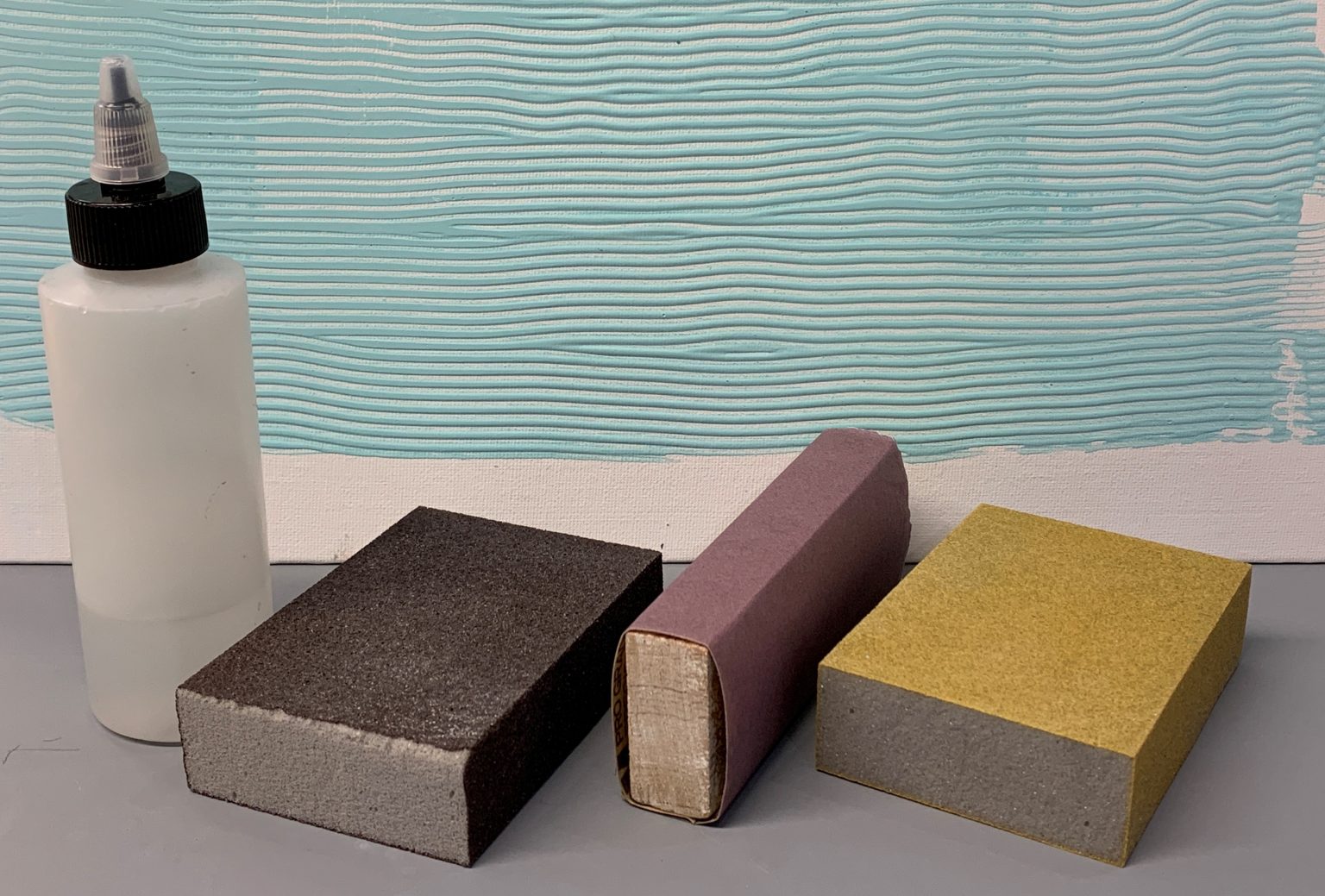
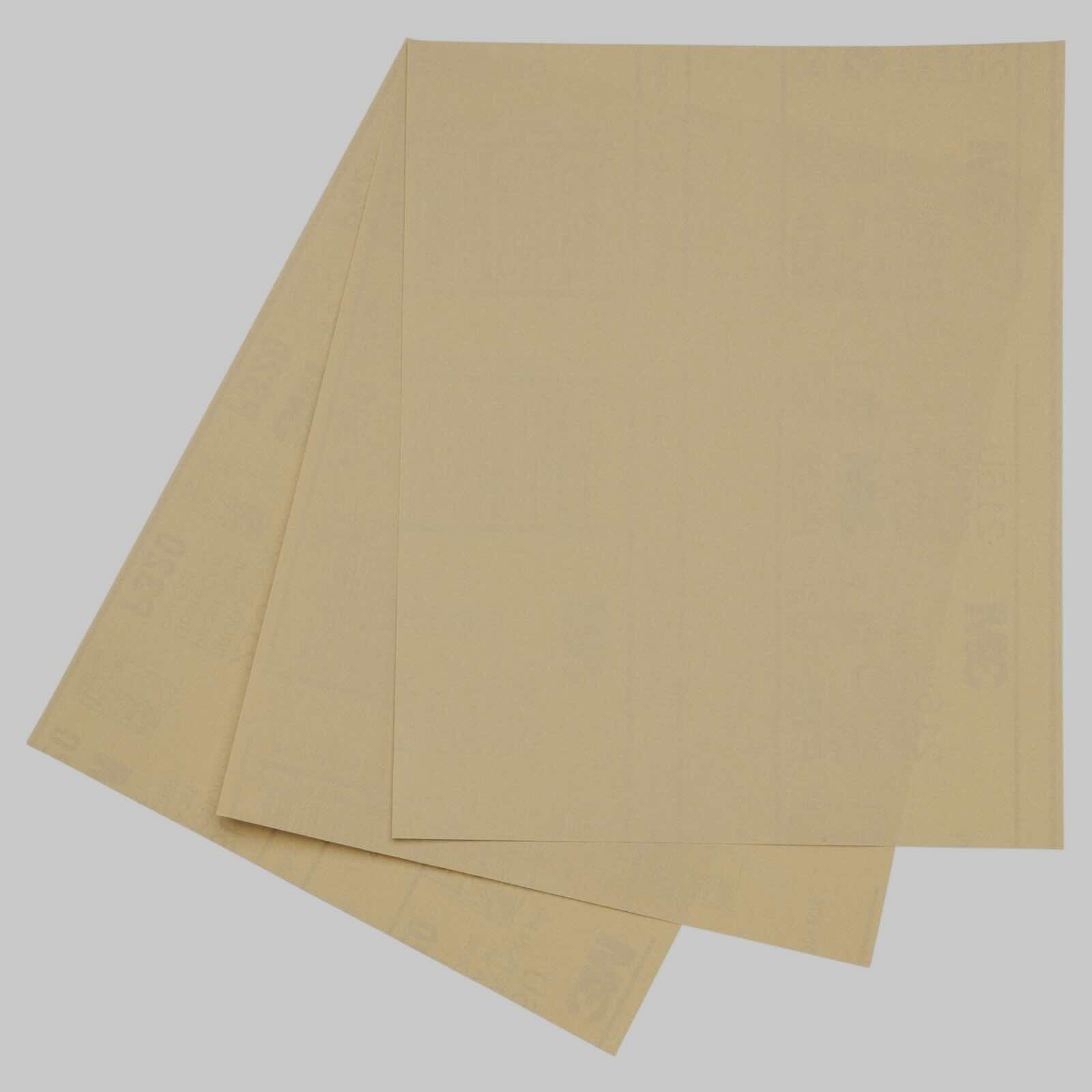
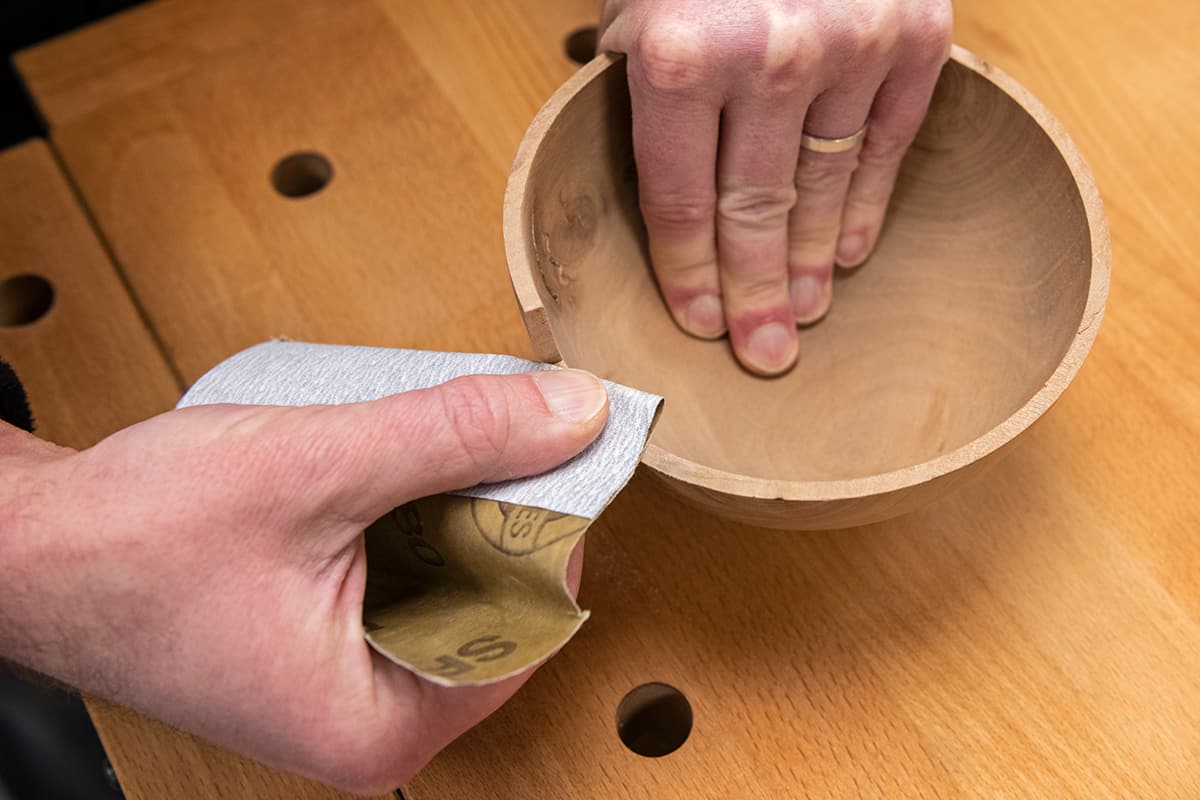

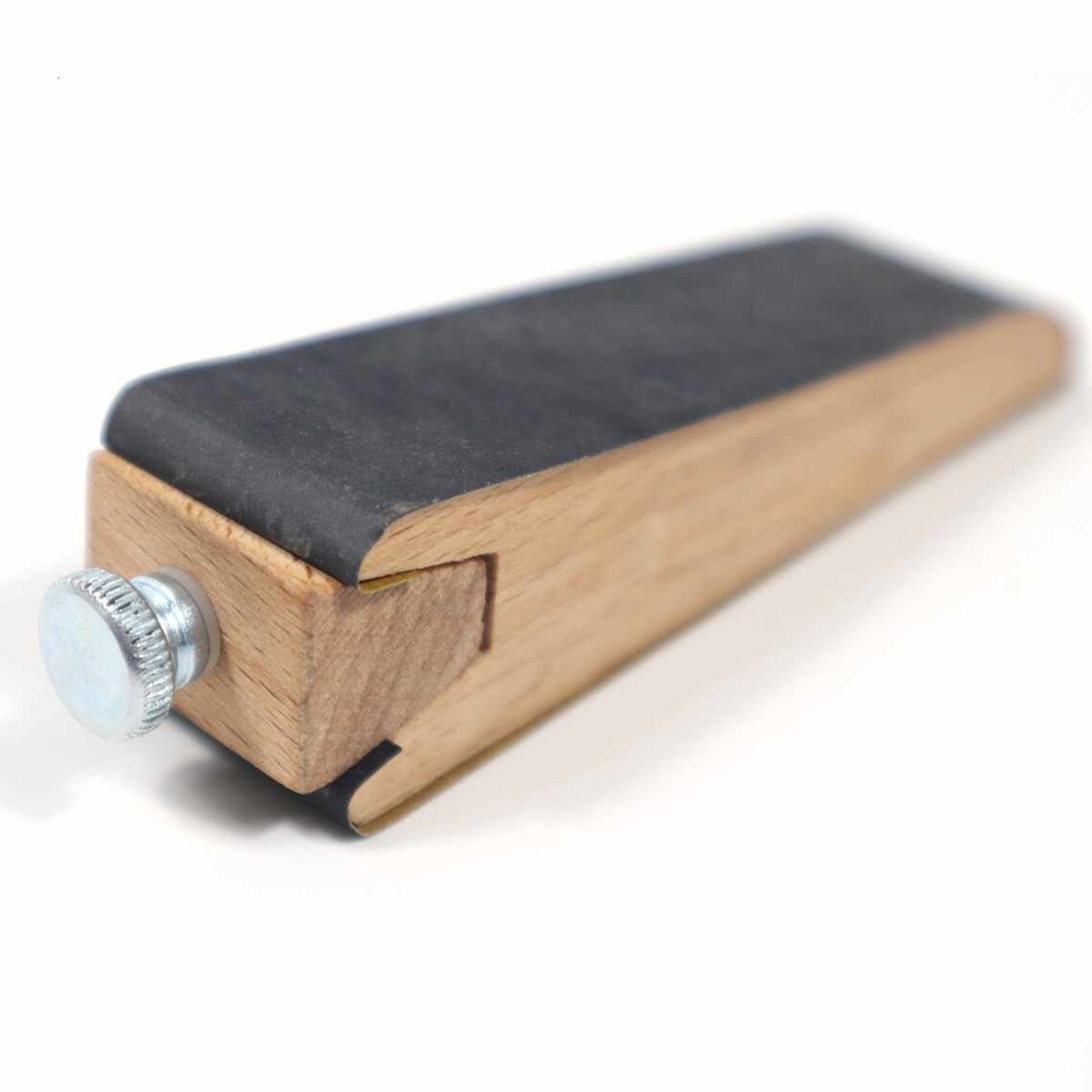
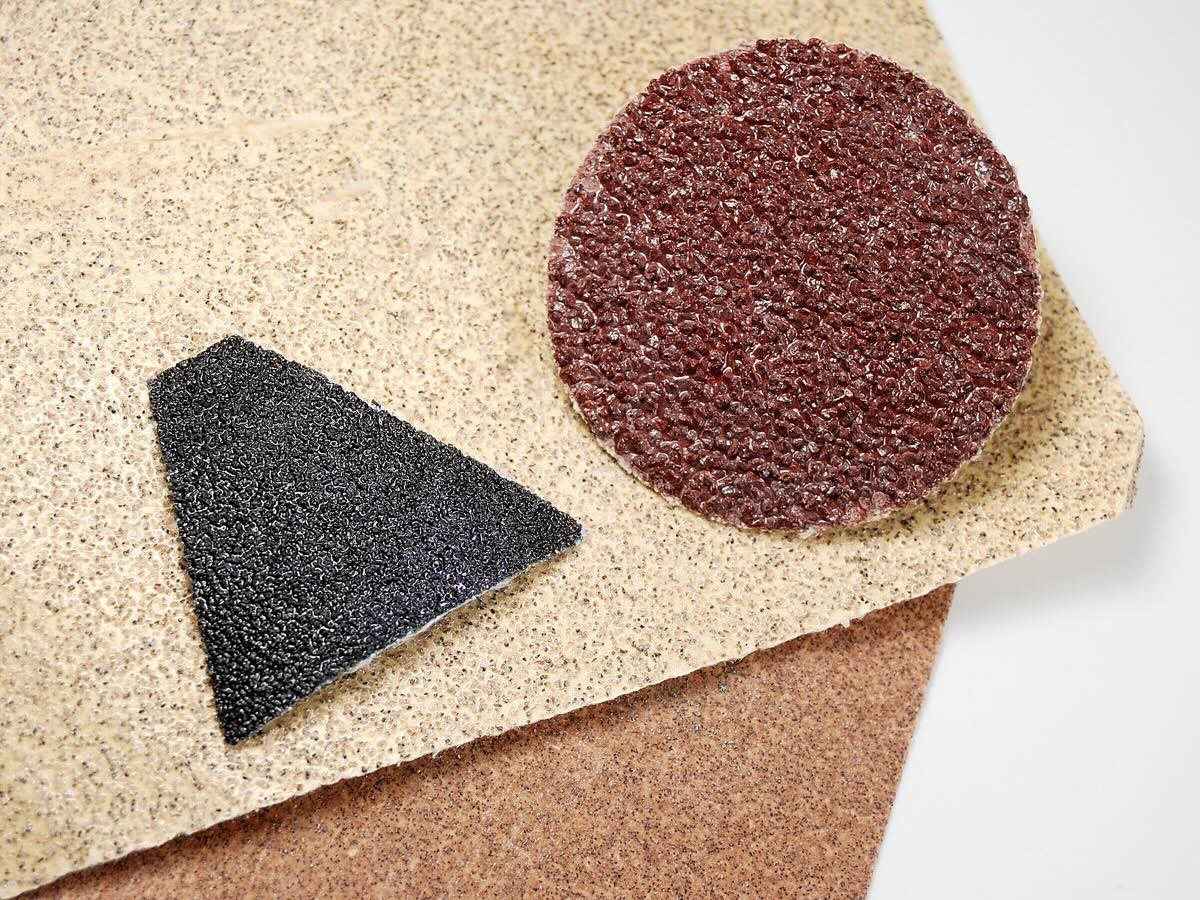
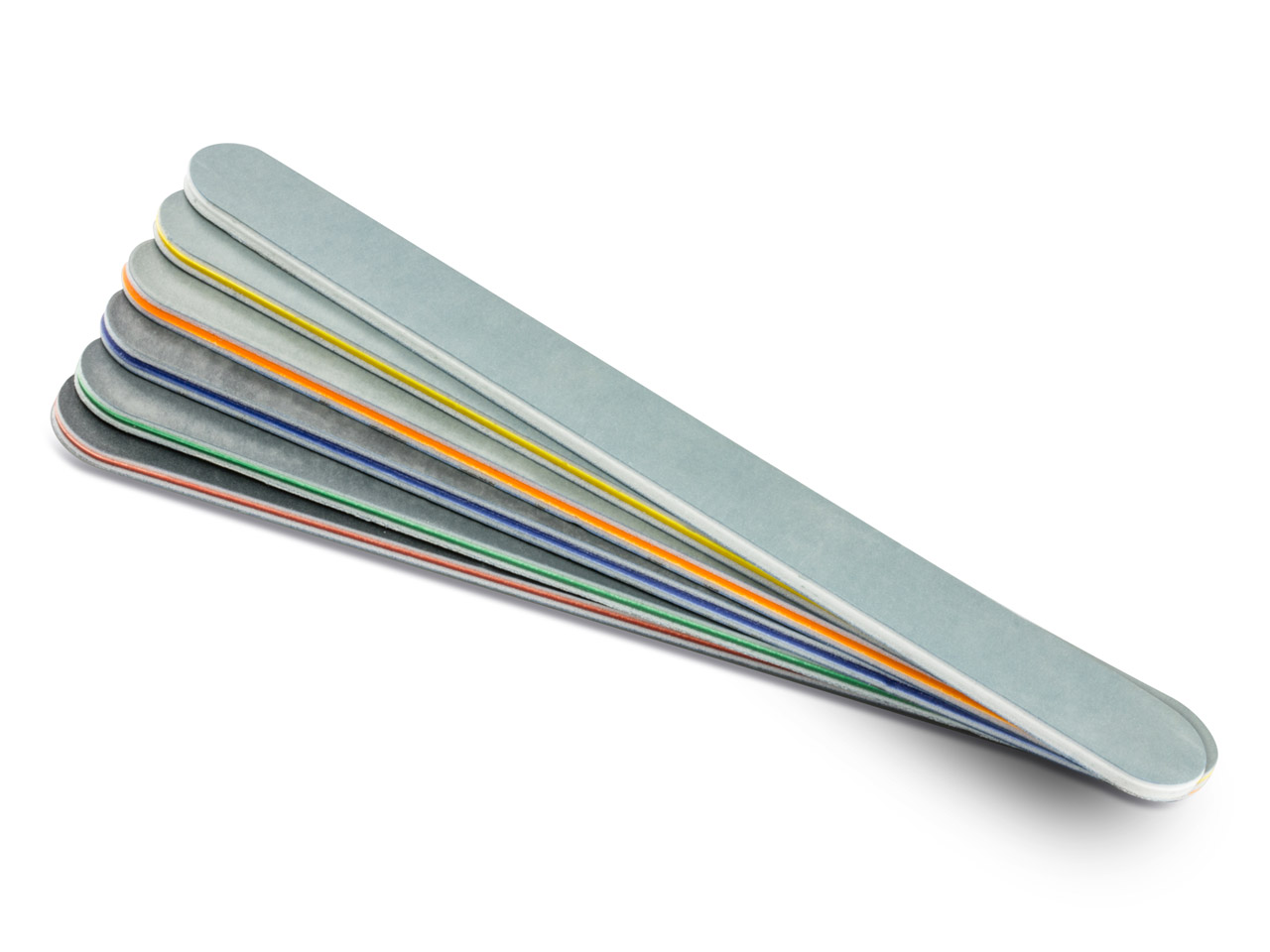
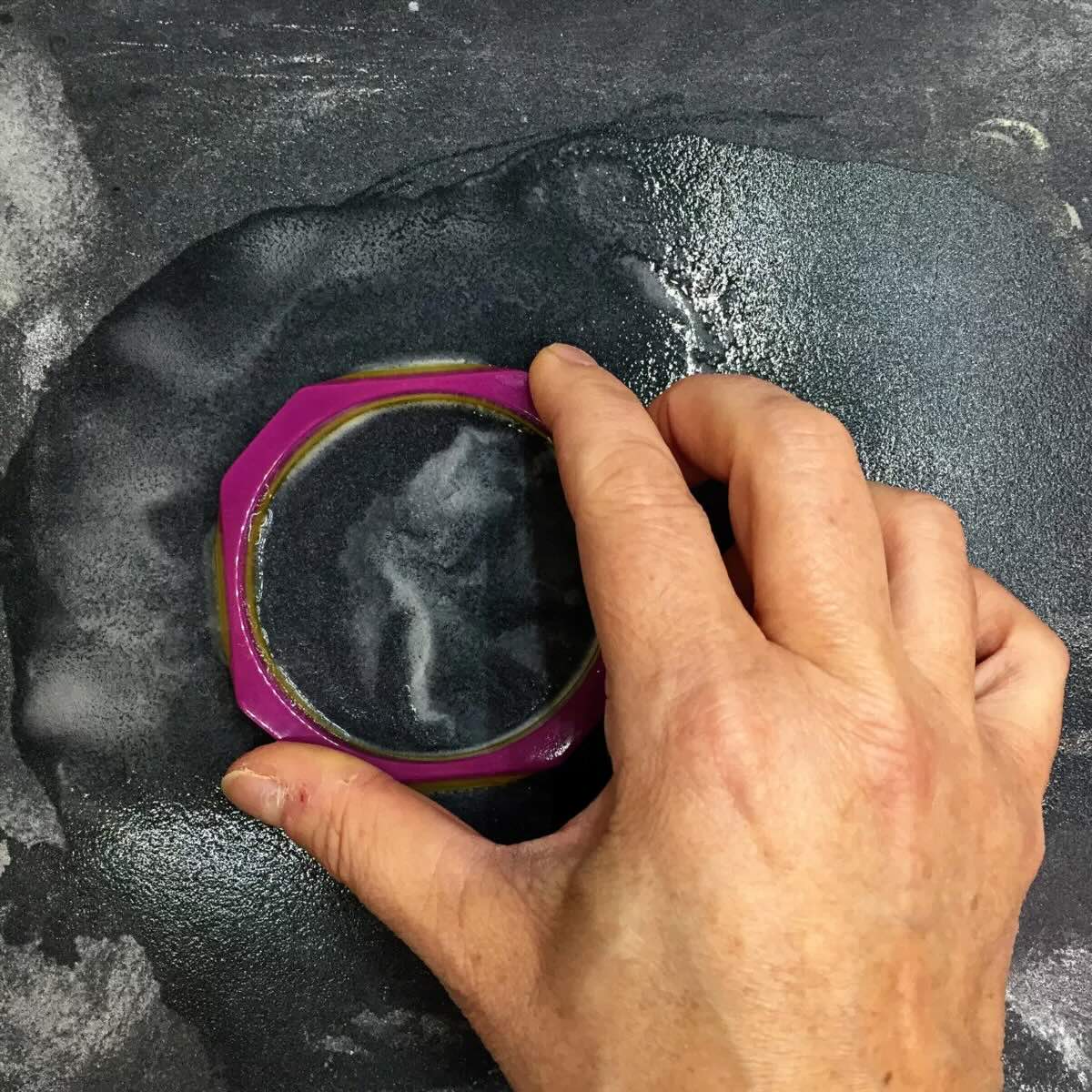
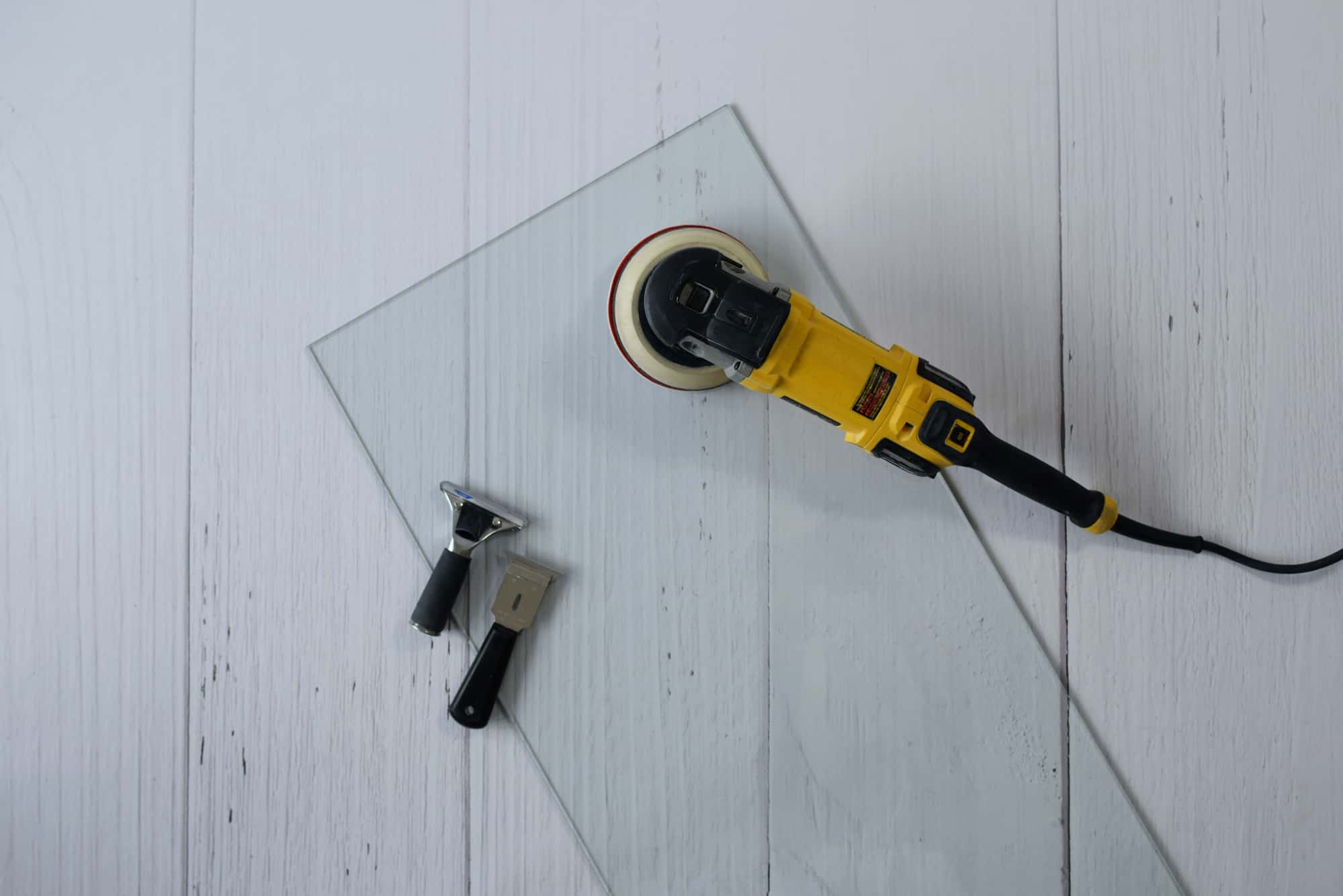

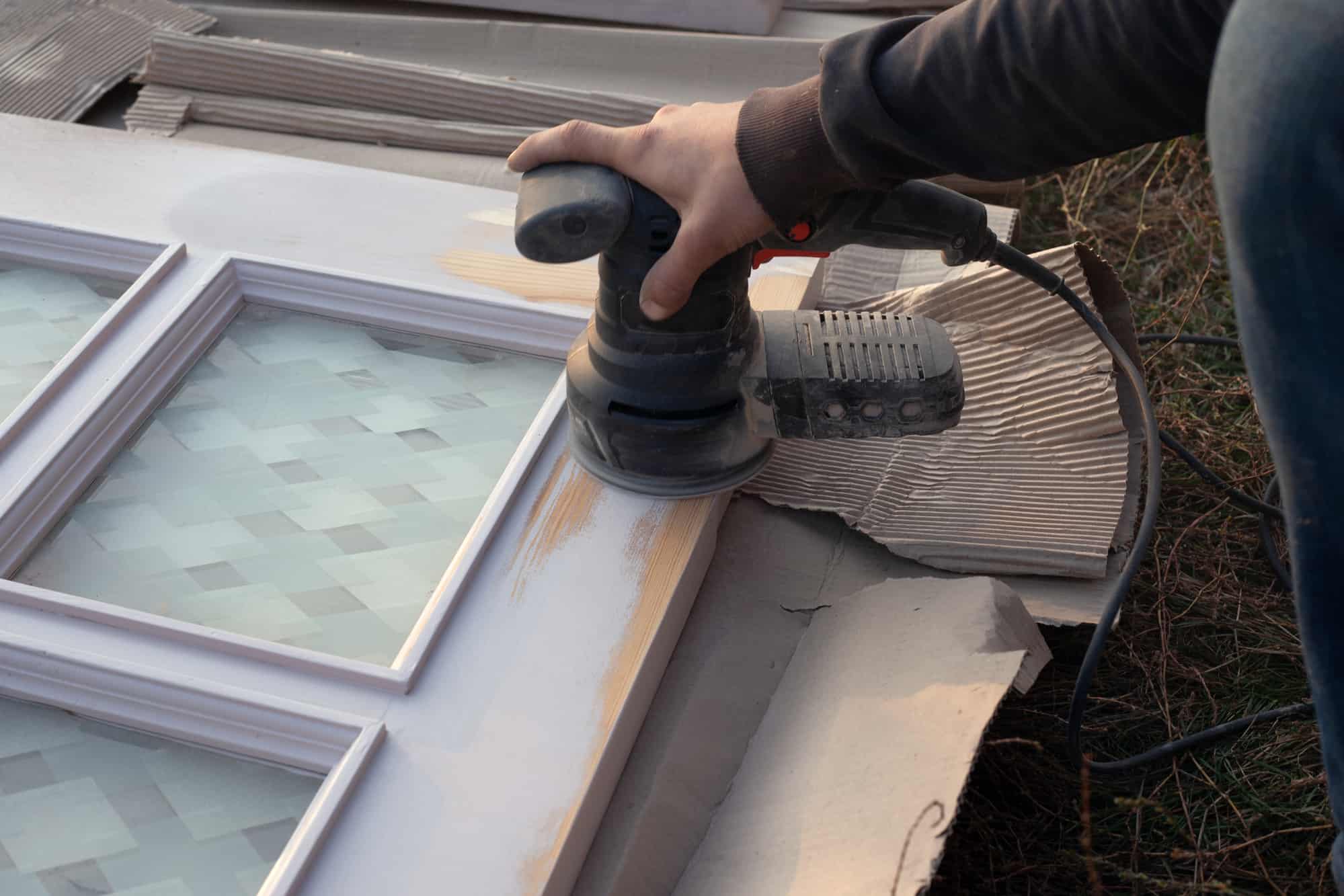
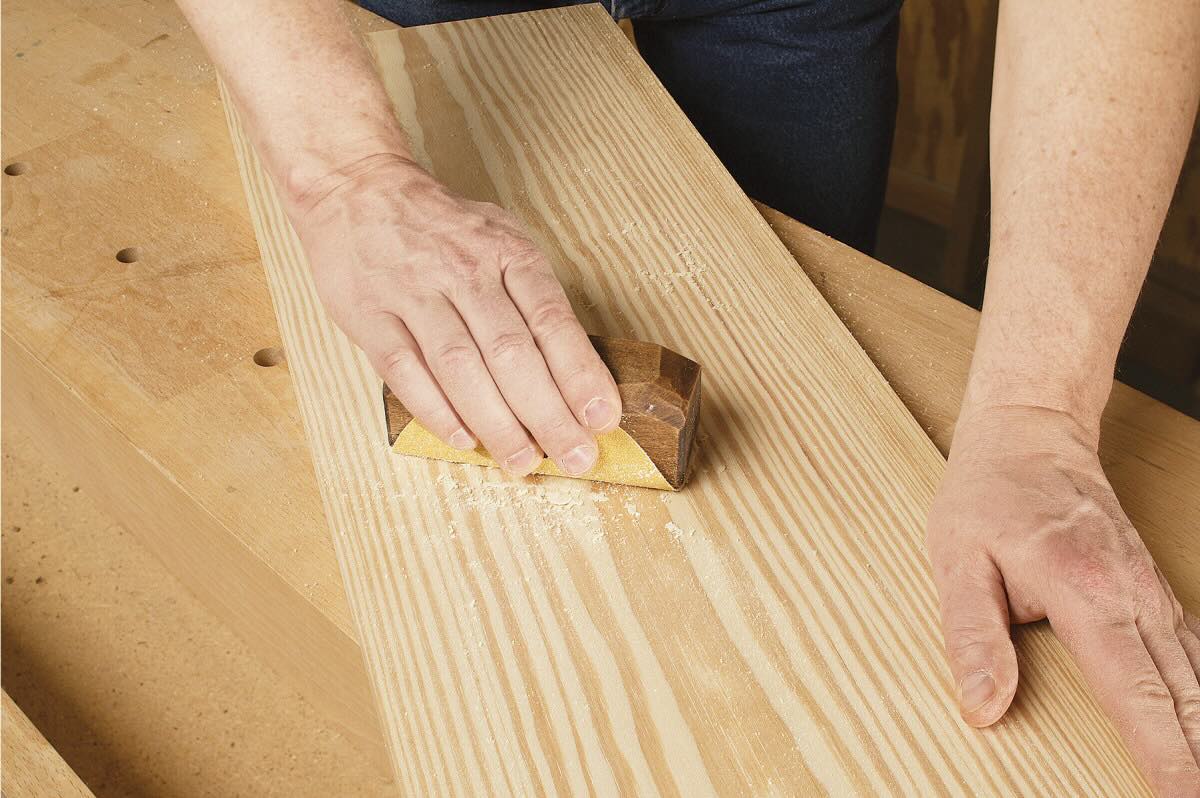
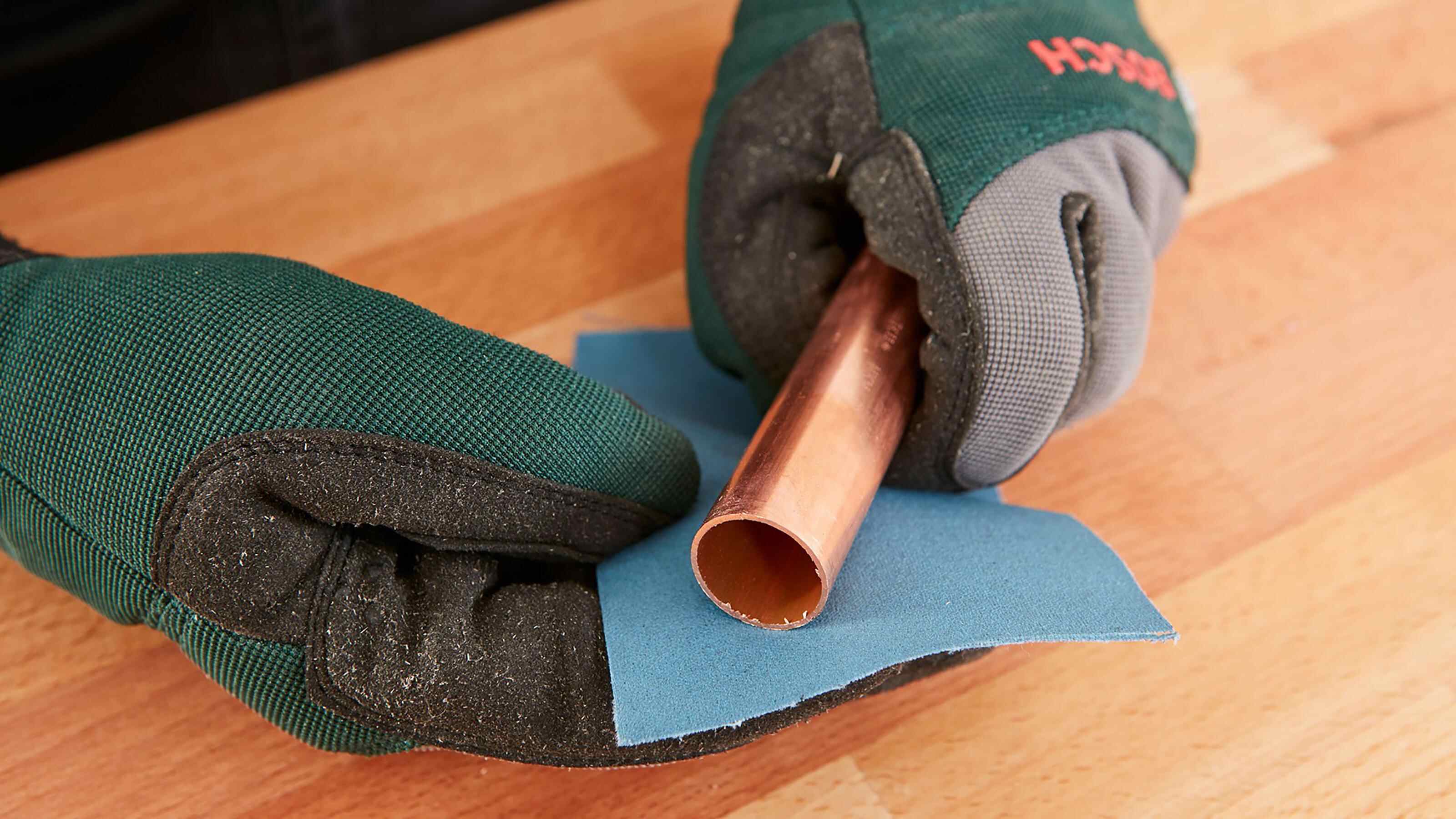
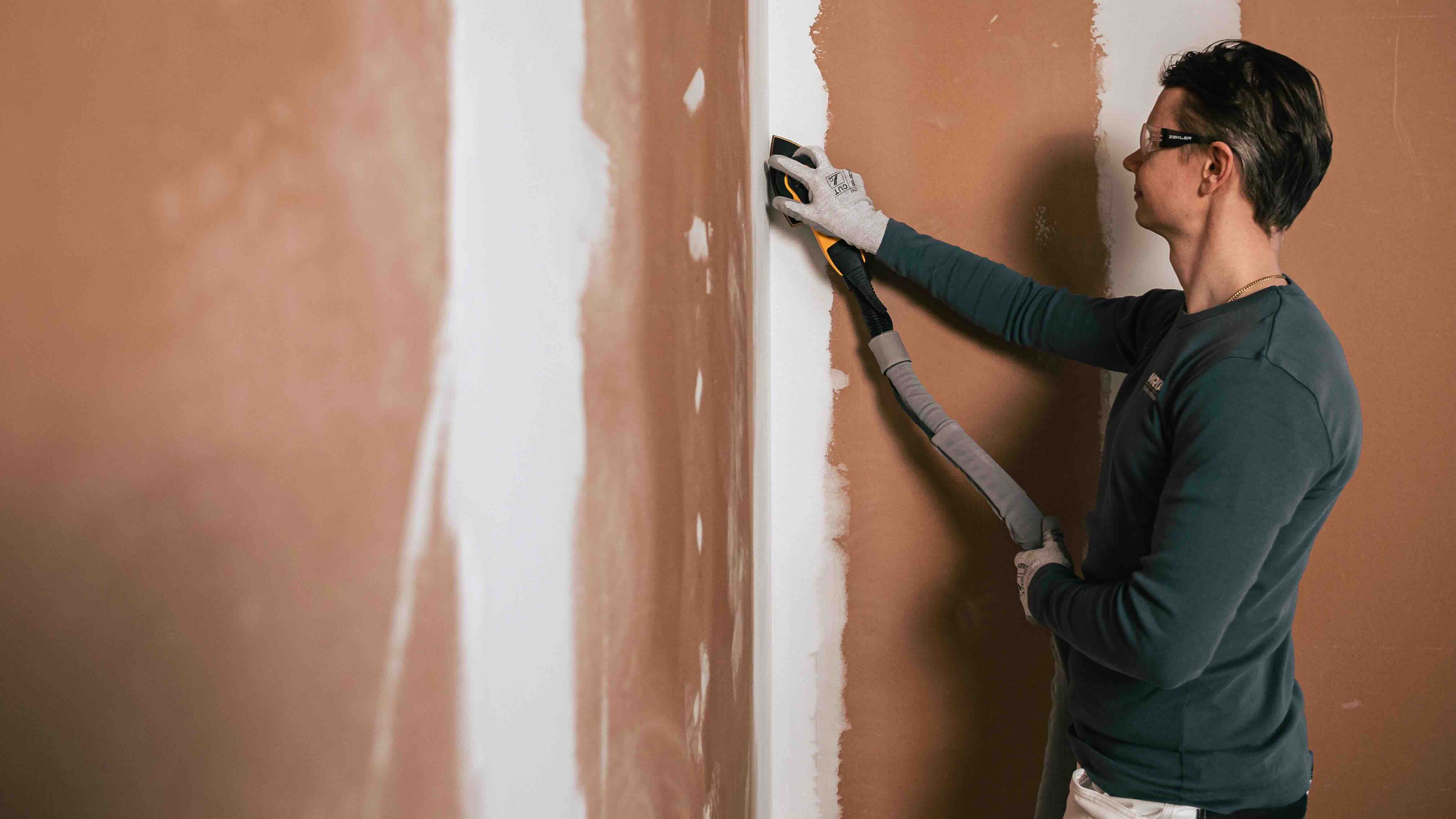
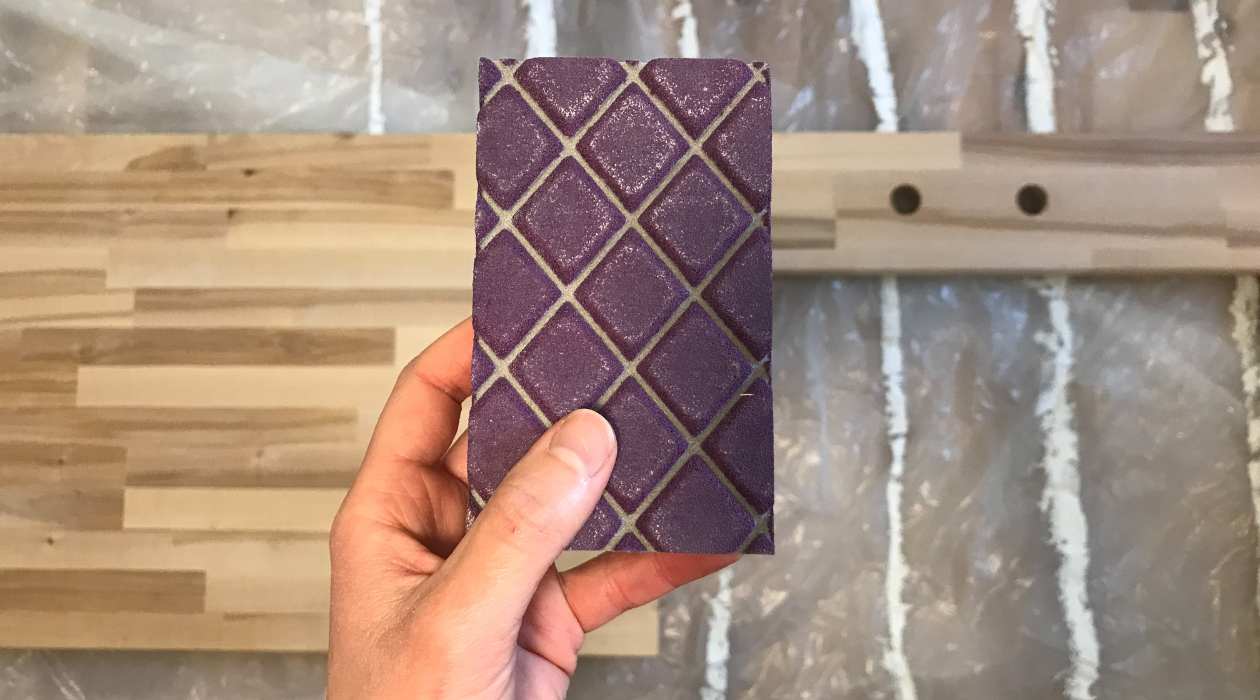

0 thoughts on “What Grit Sandpaper For Ceramic Tile”